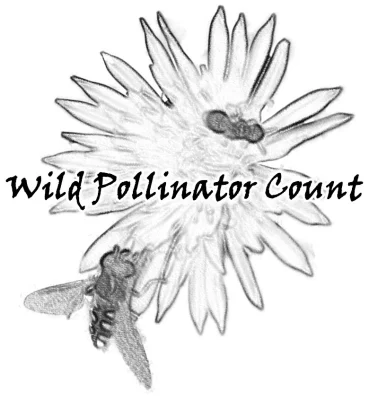Australia has lots of wild pollinator insects that are often overlooked. European honey bees get a lot of attention because they are an adaptable, generalist forager, which means they are happy to visit almost any flower, in most climate zones. They are also a social species, so their hives are easy to domesticate and manage.
However, many native insects also contribute to pollination in crops and gardens all around the country. We still need to do a lot of research to identify all our pollinator insect species, understand their ecology and how they are affected by human activities. So far, we know that Australia has around 2,000 native bee species, all of which are important pollinators. We also know there are a couple of thousand butterfly, wasp, fly, moth, beetle, thrips and ant species, some of which are documented pollinators. Unfortunately, we don’t have a lot of information on the ecology of many of these insects, what flowers they pollinate, or where they are found.
The Wild Pollinator Count gives you an opportunity to contribute to wild pollinator insect conservation in Australia. We invite you to count wild pollinators in your local environment and help us build a database on wild pollinator activity.
Between 2014 and 2021 we held Wild Pollinator Counts for a week each autumn and spring.
There are no counts scheduled in 2022.
You can join in by watching any flowering plant for just ten minutes sometime in our count week.
- You don’t need to be an insect expert.
- You don’t need fancy gear.
- You may be surprised by what you see!
Find out how to count pollinators, identify the insects you see and submit your observations through the links at the top of the page. You can also download our Run Your Own Count kit and organise to count with a group.
If you have any questions or comments about the count, please contact us via the Keep in Touch page.
Thank you!


Hi guys – looking forward to this Spring Count but as we are organising dates for our calendar events for next year Id really appreciate knowing if you can give dates for Autumn and Spring 2022. Cheers Liz
LikeLike
Hi Liz, Great to hear from you. See our recent news post – we are taking a break after this count to focus on other commitments and to publish the data we’ve collated so far. You are still welcome to conduct counts where you are, but we won’t have our forms open for submission. Thanks, Manu https://wildpollinatorcount.com/2021/10/12/how-good-is-your-wild-pollinator-id/
LikeLike
That’s a shame!! I just attempted my first ever count and the pesky little things are too quick for me and I don’t know enough to identify them. I had planned to practice so I could be more accurate next year!!!
LikeLike
I found similar bugs in my flowers too now I know they’re in for the Pollinator COUNT in Moe Victoria
LikeLike
Hi,
I have a blue-striped mason bee living in a crack on my verandah. I read (different site) that these bees were difficult to find and research. From my observation of this bee, she visits at about the same time each morning and exits about one hour later. I live in a city location and have seen this (I assume it is the same one) for at least one year.
LikeLike